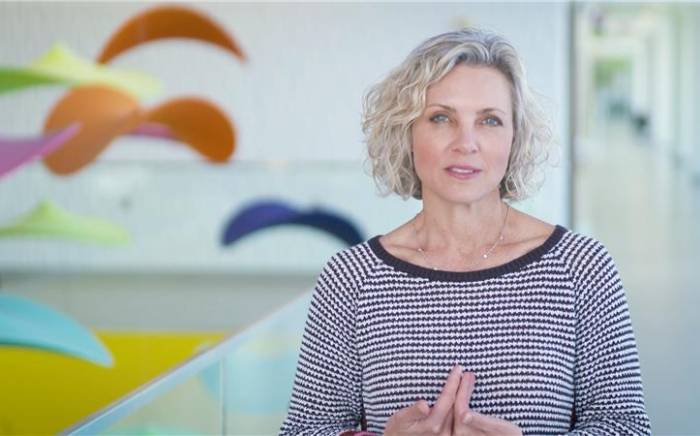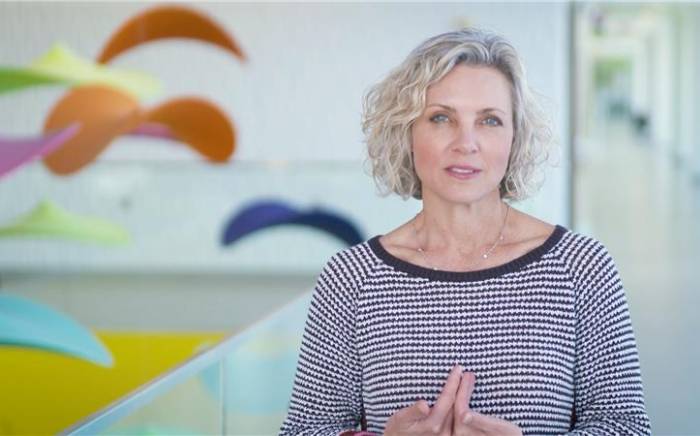If your child is having problems with recurring running injury, be sure to see your doctor for an assessment.
October 14, 2024, 2;00 P.M.
One of the most important things a physical therapist can do for a runner is analyze their running form and provide recommendations for improvement.
To improve running form, small changes can make a big impact and be more achievable. Theresa Coverick, PT, DPT, a physical therapist at St. Louis Children’s Hospital, talks about five common running form mistakes and what can be done to fix them.
- Overstriding:This occurs when the front foot lands ahead of a straightened knee. Overstriding should not be confused with heel striking. If the runner lands with the knee straight and the shin angled forward with the foot striking in front of the knee, this is an indicator of overstriding. Overstriding can be improved by increasing cadence, which is the number of steps a runner takes in one minute.
- Collapsing: If the runner’s knees are passing each other when looking at them from the front or back, they’re collapsing. One of the telltale signs of a collapsing form is knees touching while running. A cue to help the runner improve their form is to think about keeping an open window of space between the knees.
- Weaving (or crossover):This happens when the runner reaches their foot across their midline when they strike the ground. This can be helped by cueing the runner to keep each foot in its own lane.
- Bouncing: Runners with this impairment have excess vertical motion in their form. This is common in runners who are tight in the muscles in the front of the hip and dominant with the use of their calf muscles. Correction includes attempting to eliminate the sound of footfalls.
- Gluteal amnesia: This can often be identified in runners who lack forward lean and run with an overly upright posture. Cueing the runner to lean in, like they’re running into a stiff wind or uphill, can be helpful to fire up the gluteal muscles.
If your child is having problems with recurring running injury, be sure to see your doctor for an assessment.









